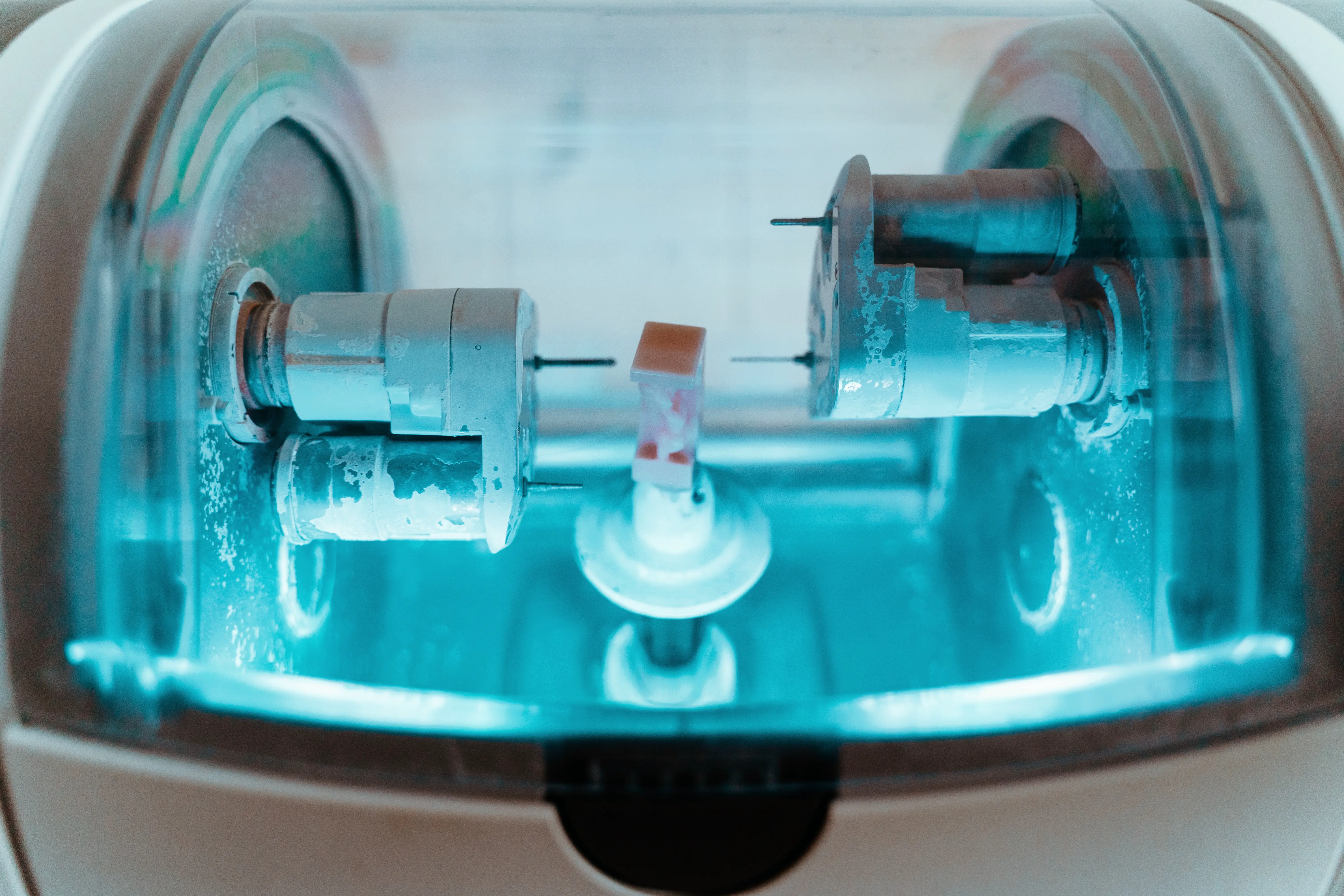
Among the many metal-forming processes that modern manufacturers employ, fineblanking is one of the special methods that combine stamping technologies and cold extrusion. One of the reasons why this method has risen through the ranks is it can produce complicated parts that other stamping methods are unable to make. However, the contribution of precision machining for fineblanking is crucial. It uses specially designed presses and tools to produce the specific part that the client needs. Today it’s hard to find a good and reliable CNC machining service.
Importance of fineblanking
Over the years, manufacturers wanted to combine precision machining with another technology that could provide cleaner and sharper edges no matter what the design is. The advent of fineblanking has benefited the technicians because the nature of this cutting process demands precision tooling. Manufacturers make sure that they use the latest precision tools so that they can get the desired results while fineblanking. This process leaves little or no die break at all.
Compared to the other cutting methods involved in prototype manufacturing, fineblanking through precision machining leaves thin web sections after the cut. Also, many clients require the flattest cuts in the industry, and that is possible only through fineblanking. They provide exceptional flatness because of the precision of the tools used. Moreover, the 2D version offers minimal distortion. This provides a more delicate cut than what you may have seen until now.
Why precision machining is essential for precision fineblanking
A massive advantage of fineblanking over other cutting methods is it is done in a single operation. It is one of the most cost-effective methods ever, and manufacturers can use it on a wide range of metals to produce the required parts in various forms. Precision machining plays a crucial role in this method because the tools provide the most accurate measurements so that the technician can cut the exact design that the client wants. The output is as precise as the client specifies. Since everything happens in one single stage, you can save on the additional operating costs such as milling, shaving, broaching, grinding, and reaming.
Some of the essential features of fineblanking are given below:
- Fineblanking provides exceptional flatness of the metal. Also, it improves the capabilities of providing tight tolerance features to the machine.
- They can punch holes within a range of 60% thickness from the edge. The resulting holes may be as small as the material thickness.
- A bare minimum of die rolls on to the edge. The minimal die break saves loads of money in the long-run.
Fineblanking if often applied on flanges, transmissions, fluid handling, and vehicle body enclosures. The complicated designs of these parts require a combination of precision and a smooth cutting process that is achieved by precision machining and fineblanking.
There may be several other cutting methods, but none is as effective as fineblanking. It is not only a cost-effective solution to the manufacturer but is also a time-saver, and provides the exact design of the metal that the client wants. The skilled technicians usually don’t want to follow other cutting techniques because of the benefits that fineblanking offers to them.










